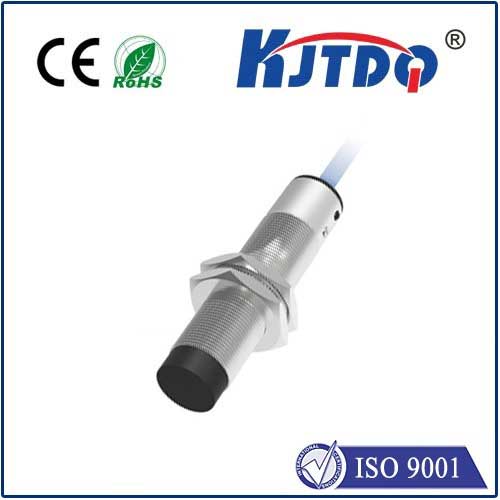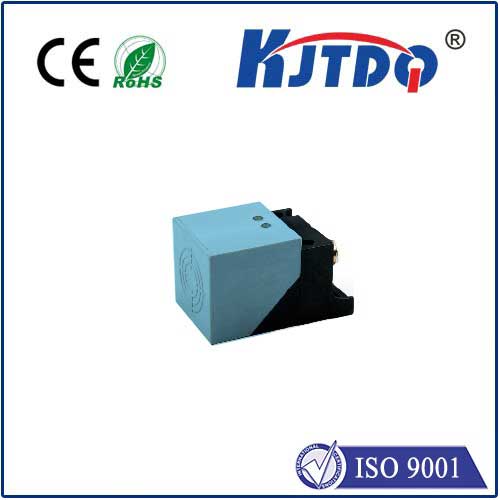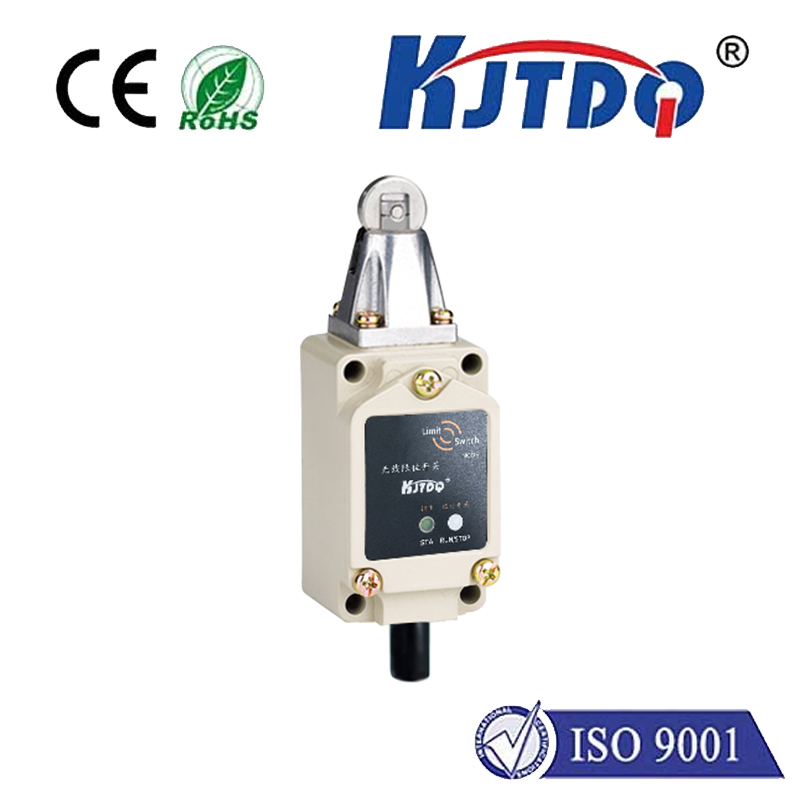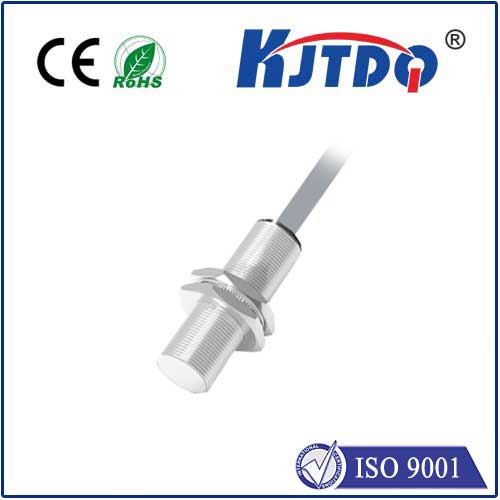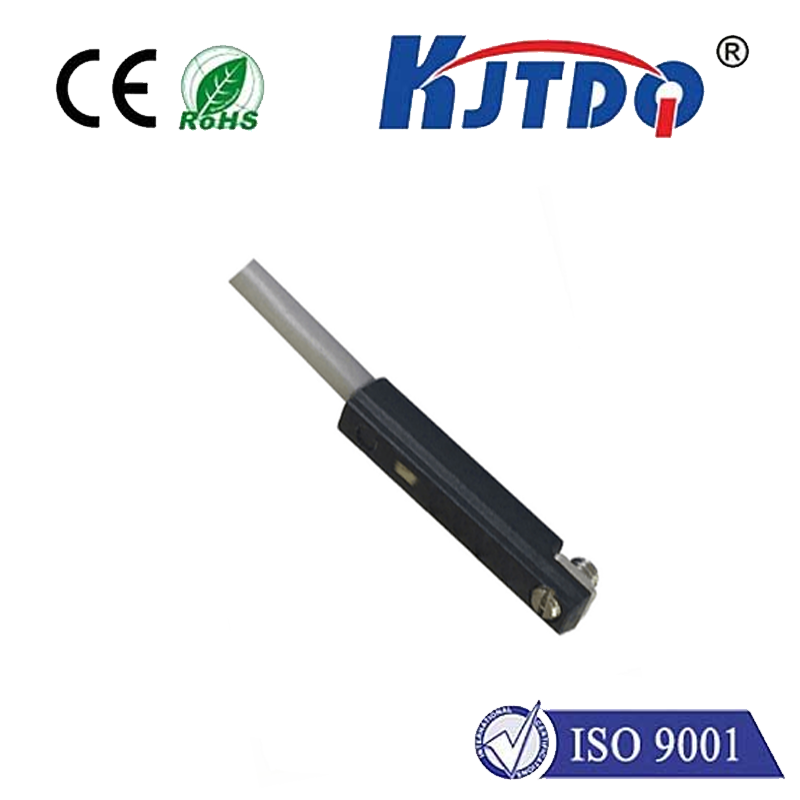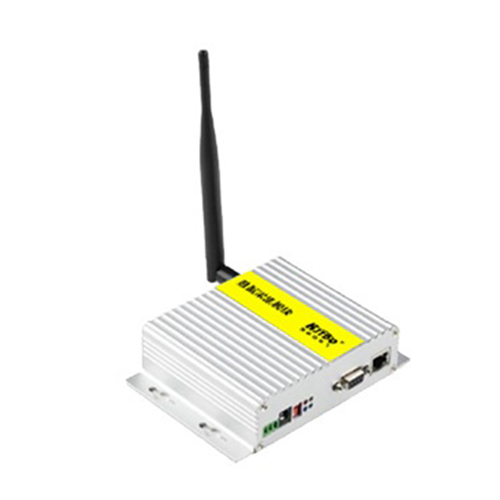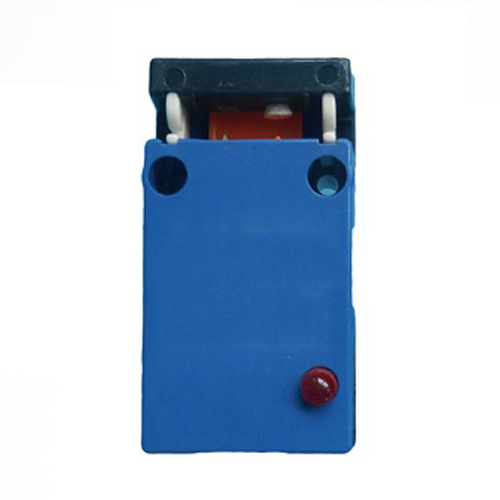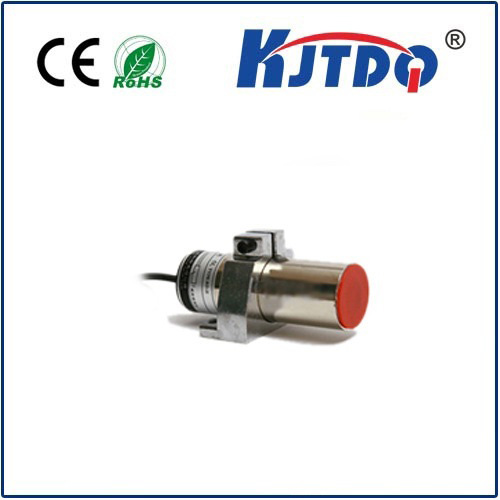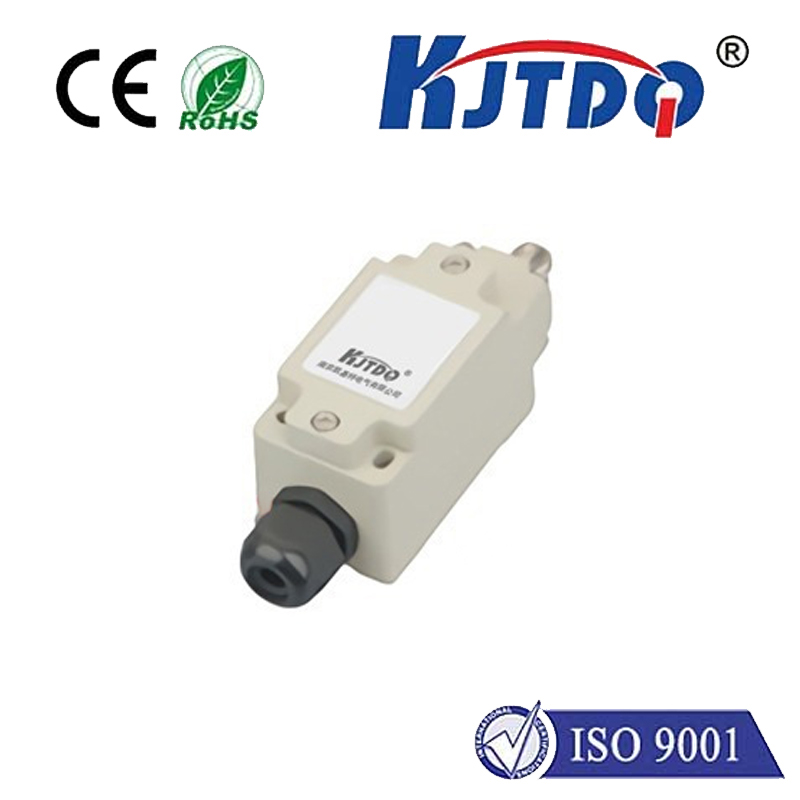

check

check

check

check

check

check

check

check

check

check
Non-Contact Limit Switch: Revolutionizing Industrial Automation
In the world of industrial automation, precision and reliability are paramount. With advancements in technology, there has been a shift towards non-contact limit switches that offer unparalleled benefits over their traditional contact counterparts. In this article, we will explore the advantages of non-contact limit switches and how they are revolutionizing the field of automation.
1. What is a Non-Contact Limit Switch?
A non-contact limit switch, as the name suggests, operates without any physical contact between its components. Instead, it relies on sensors such as inductive, capacitive, or optical to detect the presence or absence of an object. This eliminates the need for mechanical parts that can wear out over time, leading to increased durability and longevity.
2. Advantages of Non-Contact Limit Switches

One of the most significant advantages of non-contact limit switches is their ability to handle high-speed applications without the risk of damage or failure due to mechanical wear and tear. They also have a faster response time compared to traditional contact switches, allowing for more efficient operation in high-speed environments.
Additionally, non-contact limit switches are less susceptible to environmental factors such as dust, moisture, and temperature fluctuations. This makes them ideal for use in harsh industrial settings where these conditions are often present.
Another benefit of non-contact limit switches is their reduced maintenance requirements. Since there are no moving parts, there is less chance of wear and tear, which means fewer repairs and replacements are needed over time. This results in lower overall costs for businesses that rely on automation systems.
3. Applications of Non-Contact Limit Switches
Non-contact limit switches have a wide range of applications across various industries, including manufacturing, packaging, material handling, and more. They can be used for position detection, counting products, monitoring conveyor belts, and even detecting the presence of hazardous materials.
In manufacturing facilities, non-contact limit switches can be used to automate processes such as assembly lines, ensuring that products move smoothly from one stage to another without human intervention. In packaging operations, they can help ensure that products are correctly packaged and labeled before being shipped out to customers.
4. Future Developments in Non-Contact Limit Switches
As technology continues to advance, so too does the development of non-contact limit switches. New sensor technologies are being developed that offer even greater accuracy and reliability than current models. These advancements will further expand the capabilities of non-contact limit switches and their potential applications in various industries.
In conclusion, non-contact limit switches represent a significant step forward in the world of industrial automation. With their improved durability, faster response times, and reduced maintenance requirements, they offer numerous benefits over traditional contact switches. As technology continues to evolve, we can expect even more advanced non-contact limit switches that will further enhance automation systems in various industries worldwide.
